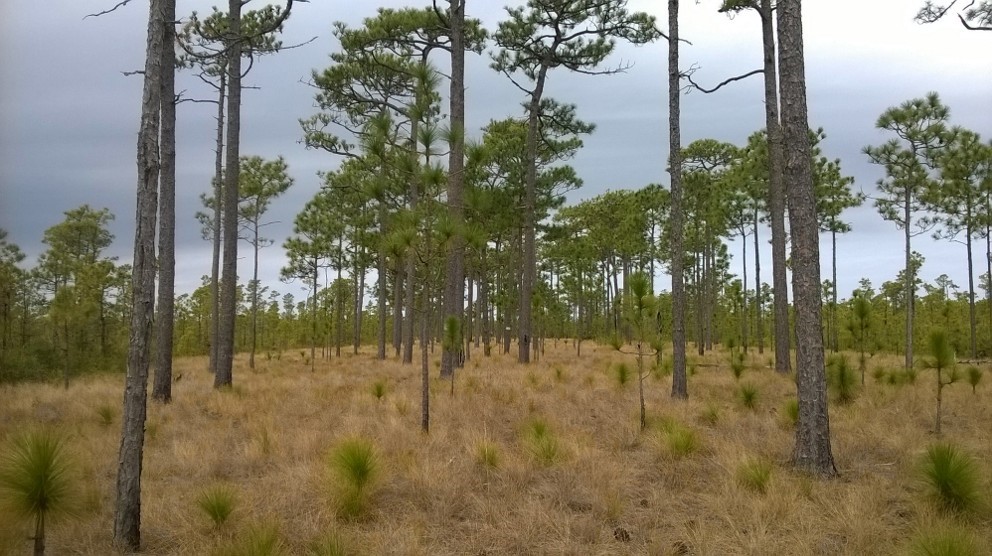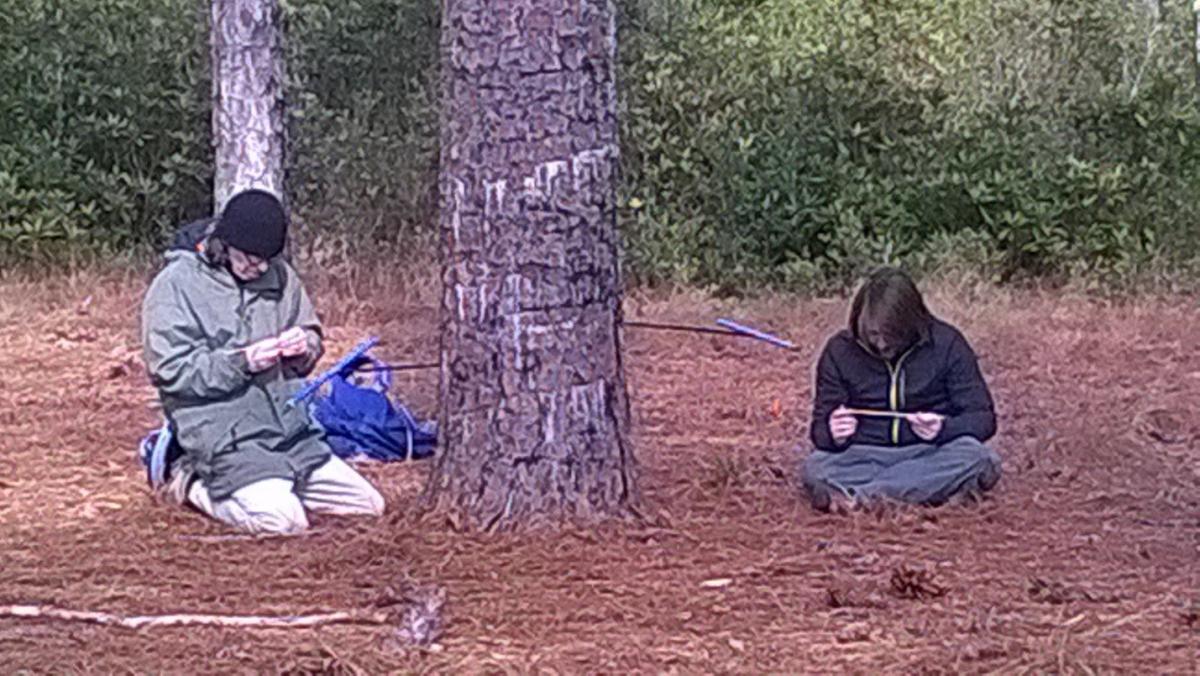This project was collaborative with Dr. Paul Knapp of UNCG and Dr. Justin Maxwell of Indiana University and funded by a 4-year, $300,886 grant from the Geography and Spatial Sciences Division of the National Science Foundation.
This study was designed to provide paleoclimatic perspectives regarding the hydroclimatic importance and variability of rainfall derived from landfalling tropical cyclones (tropical depressions, tropical storms, and hurricanes) in the Southeast Atlantic coastal region of the United States through the development and application of multiple proxy tree-ring records.
The project supported nine graduate students across three institutions (ASU, UNCG, and Indiana University) and resulted in publications in a variety of journals (e.g., International Journal of Climatology, Journal of Climate, Tree-ring Research, Trees). At ASU, the project resulted in a Graduate Research Assistant Mentorship (GRAM) that supported both Evan Montpellier and April Kaiser, who are now both in PhD programs at the University of Minnesota and the University of Idaho, respectively.
All photos are from fieldwork in the vicinity of New Bern, North Carolina:

From left to right, Dr. Maxwell, Knapp and Soule.

A typical longleaf pine ecosystem. Mature trees are approximately 200 years old.

Dr. Knapp and Maxwell examining core samples they just obtained with increment borers (blue instrument) from a longleaf pine tree.